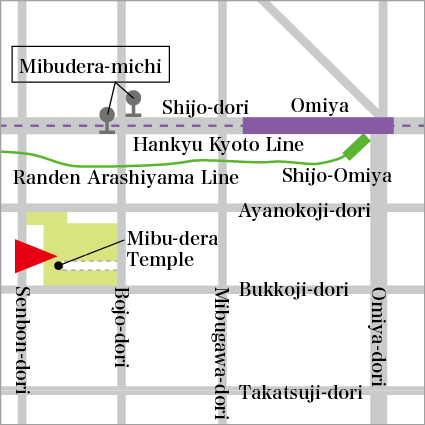Mibu Temple Cultural Properties Exhibition Hall (Mibu Temple History Library)
- Highlight
- The temple has some 190 Kyogen masks from the Muromachi period through to the present day, and some of these are on display
A temple closely associated with Mibu Kyogen and Shinsen-gumi
The origin of this temple dates back to 991 when the monk Kaiken of Mii-dera Temple enshrined a Jizo-Bosatsu image (Bodhisattva who watches over children, travelers and the underworld) at this site. Later, the temple hall was lost in a fire, but this was restored by Taira-no-Masahira in 1295. And, then, in 1300, whilst attempting to rid the city of a plague using the Jizo form of Buddhism, the monk Egaku Shonin started using mime and gestures to pass Buddhist ideology on to the masses, which increased worship of Jizo-Bosatsu and sowed the seeds for “silent plays”, synomous with Mibu Temple, and now known as Mibu Kyogen.
The temple has a treasure room. Here, visitors can see materials related to Mibu Kygoen as well as a folding screen painting (Important Cultural Property) by Tohaku Hasegawa, a Heian-period sculpture of the 11-faced Kannon Bosatsu, an Edo-period sculpture of Jizo-Bosatsu, and Muromachi-period masks (ancient wood-carved masks used in the Kyogen plays). There are also spaces where temple history, Kyogen and the Shinsen-gumi (the shogunate police connected to Mibu-dera) can be learned about.
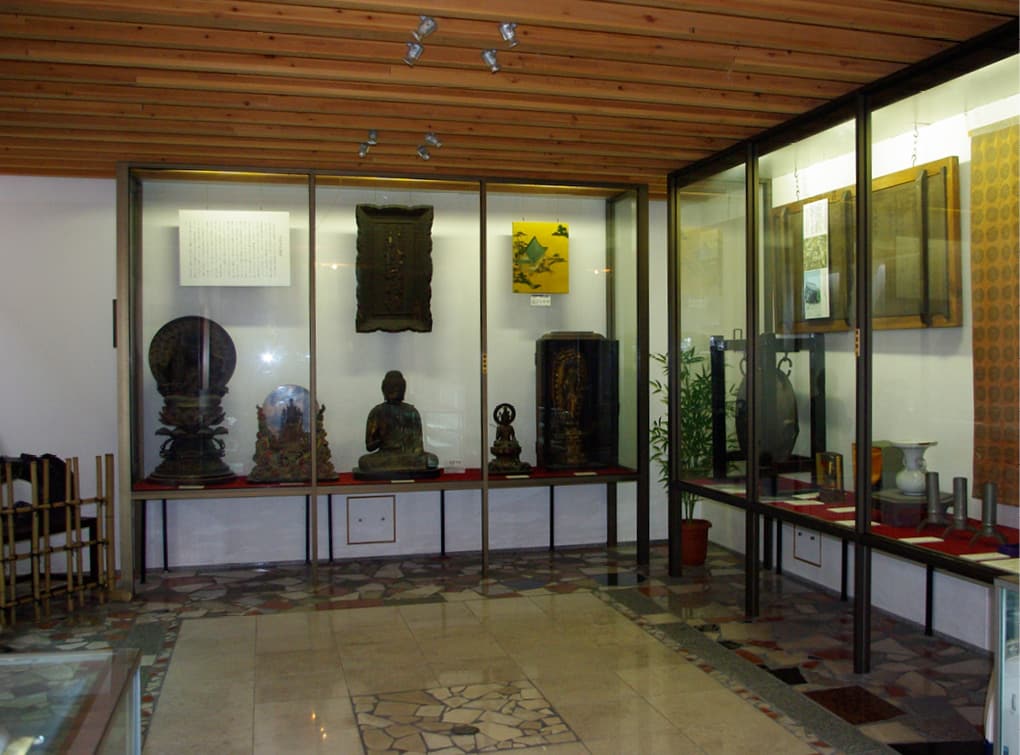
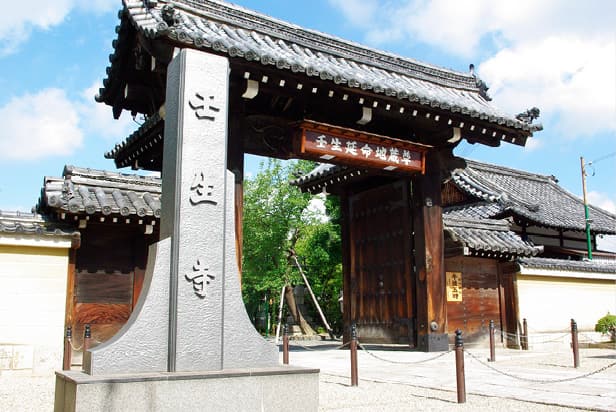
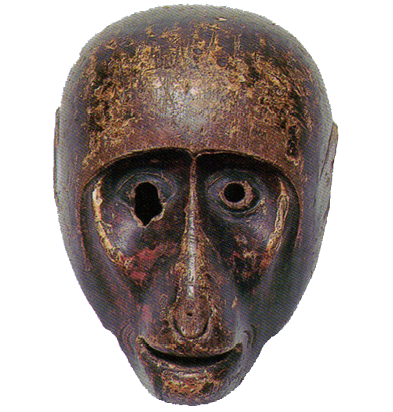
An ancient Mibu Kyogen mask
| Address | 31 Mibu Kainomiya-cho, Nakagyo-ku |
|---|---|
| TEL | 075-841-3381 |
| FAX | 075-841-4481 |
| URL | https://www.mibudera.com |
| Hours | Cultural asset exhibition room is usually closed and is only open in spring (29/4-5/5 9:30~16:30), History room: 9:30~16:30 |
| Closed | None |
| Adm | Cultural asset exhibition room(Homepage confirmation required)/History room: Adults ¥300, high school students ¥100 |
| Access | A 10-min walk from Hankyu Omiya Stn/A 10-walk from Randen Shijo-Omiya Stn/A 4-min walk from Mibudera-michi Stop of City Bus |
Facilities near by
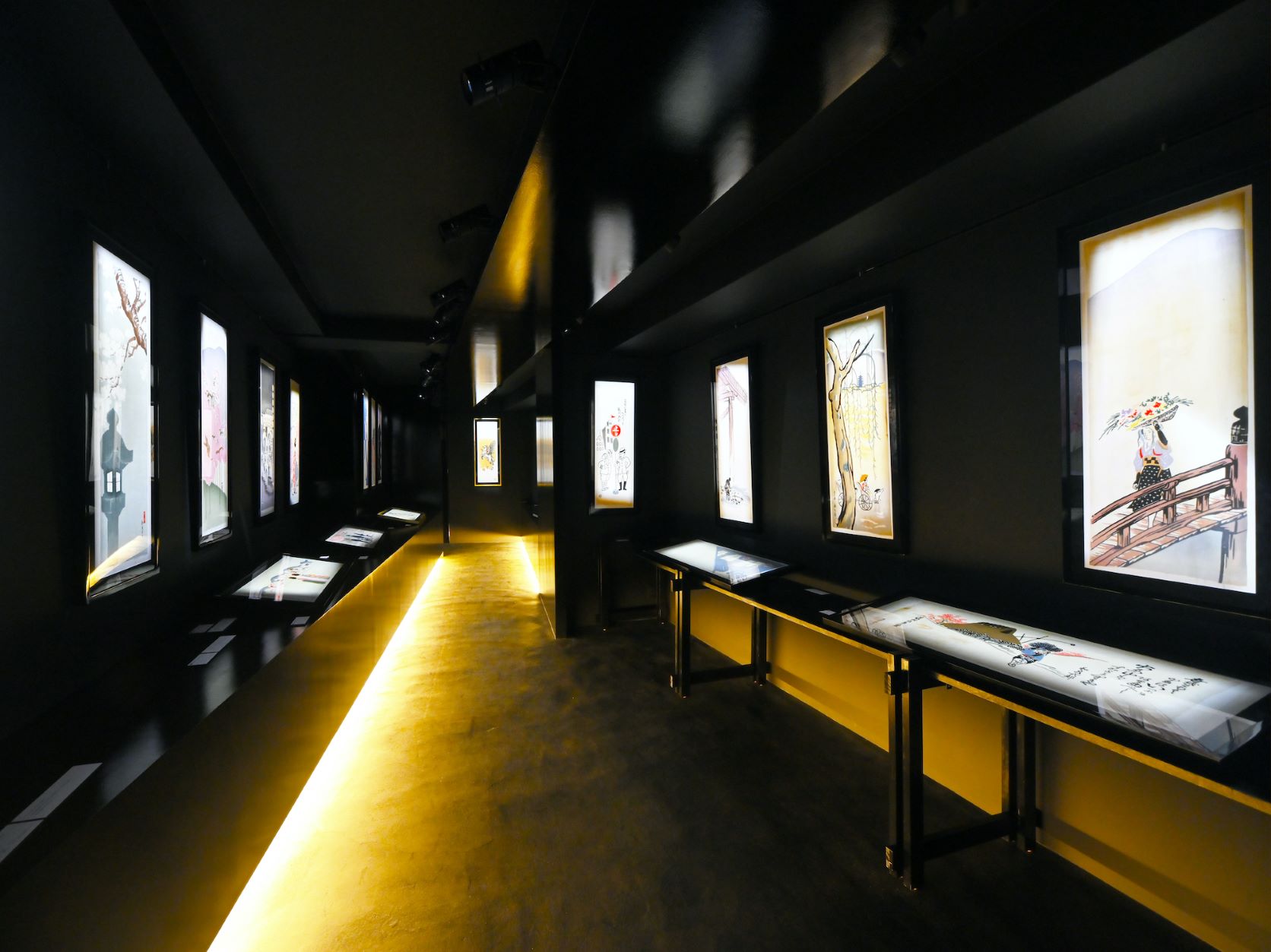
HOSOTSUJI IHEE Museum
The spirit of this long-established company can be seen in the hand towel designs
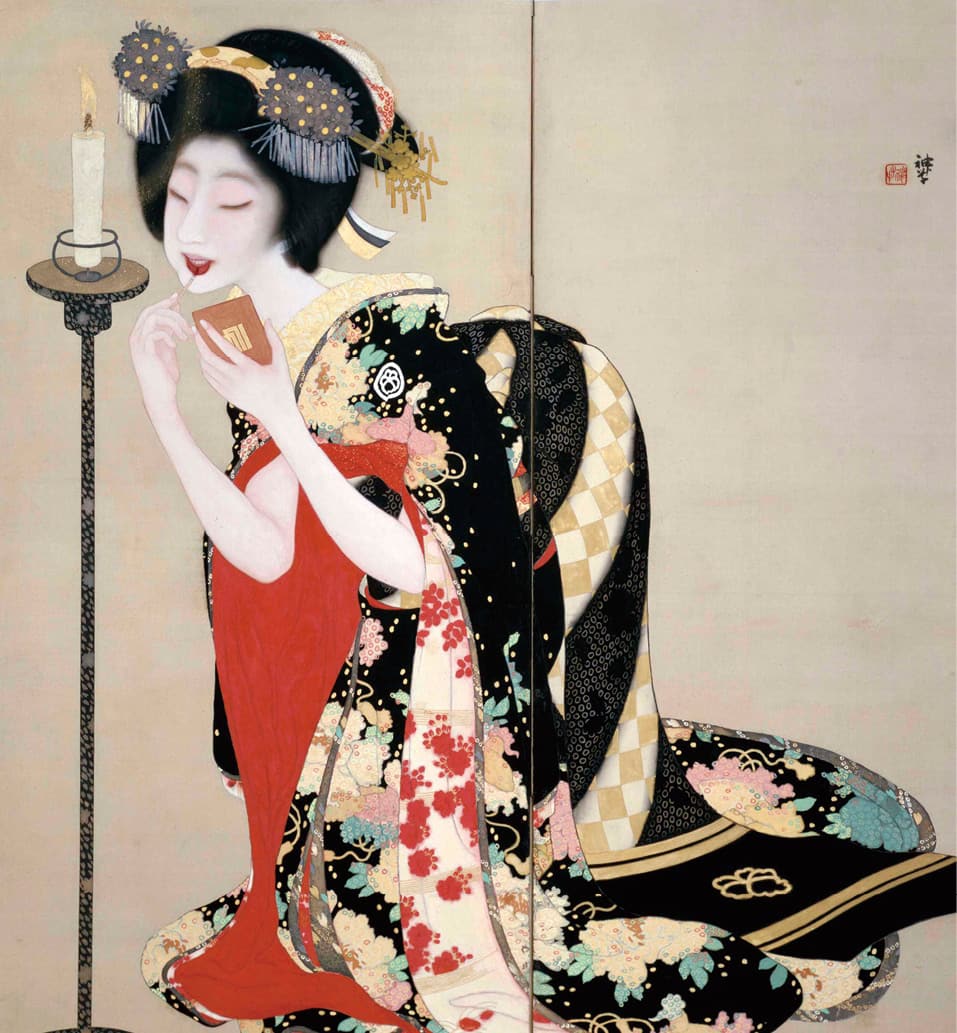
University Art Museum, Kyoto City University of Arts
An historic art collection visually telling the story from when the university was the Kyoto Prefectural School of Painting
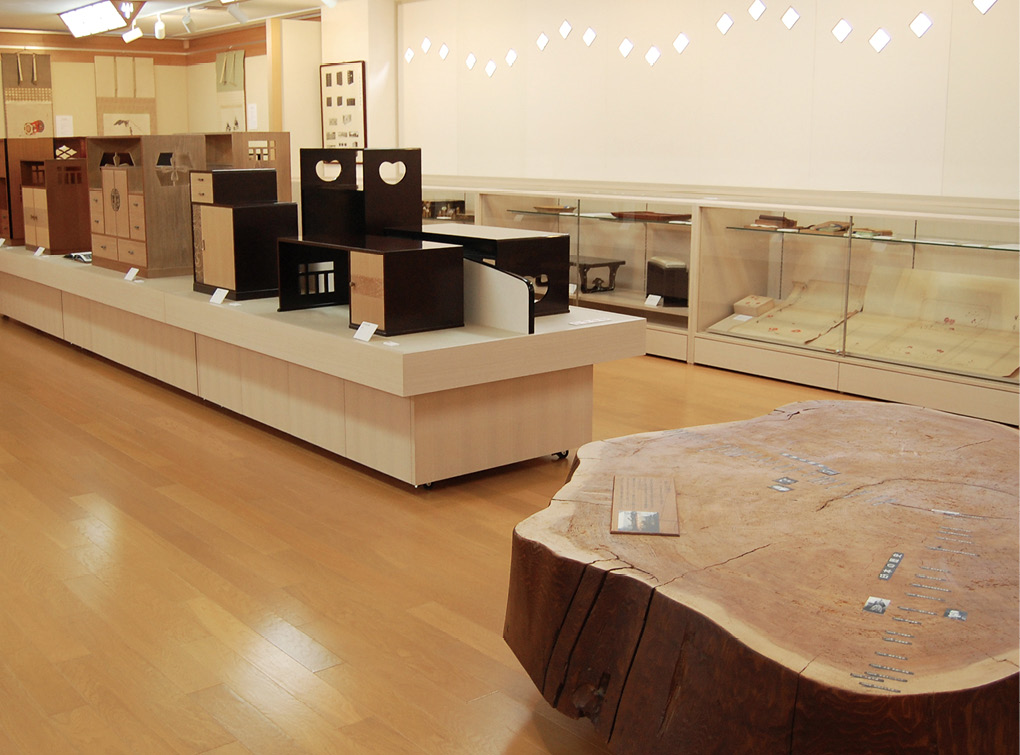
Kyoto Traditional Furniture Museum
Exquisite furniture founded in court culture
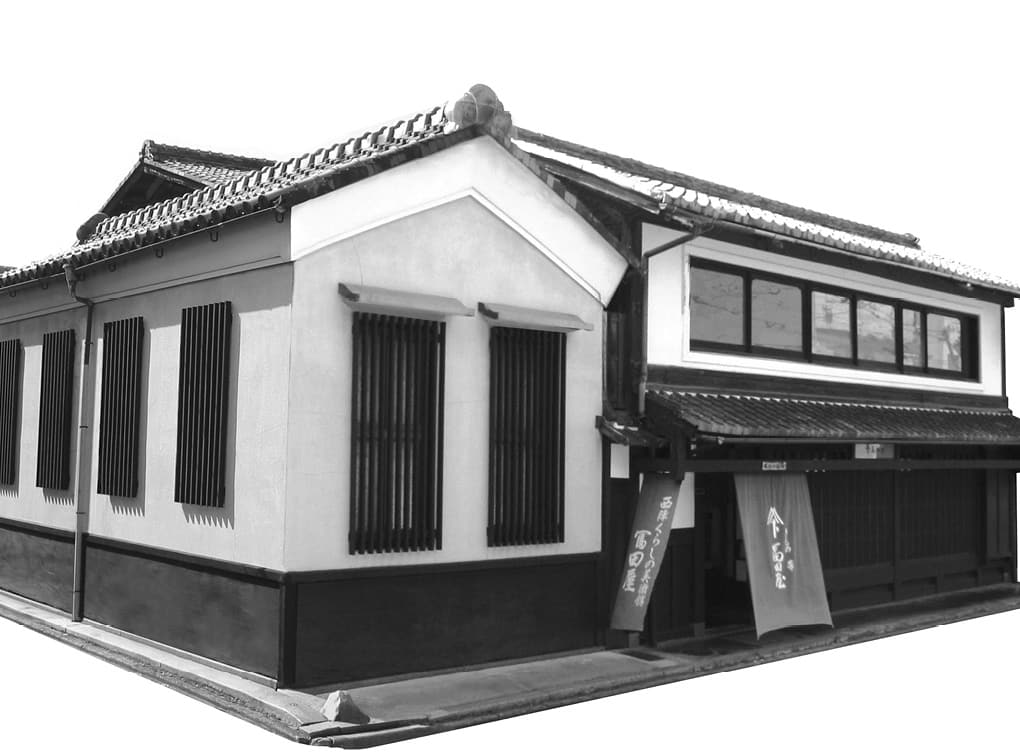
Nishijin Lifestyle Museum Tondaya
Experience the traditions that live on in Nishijin in a machiya townhouse
